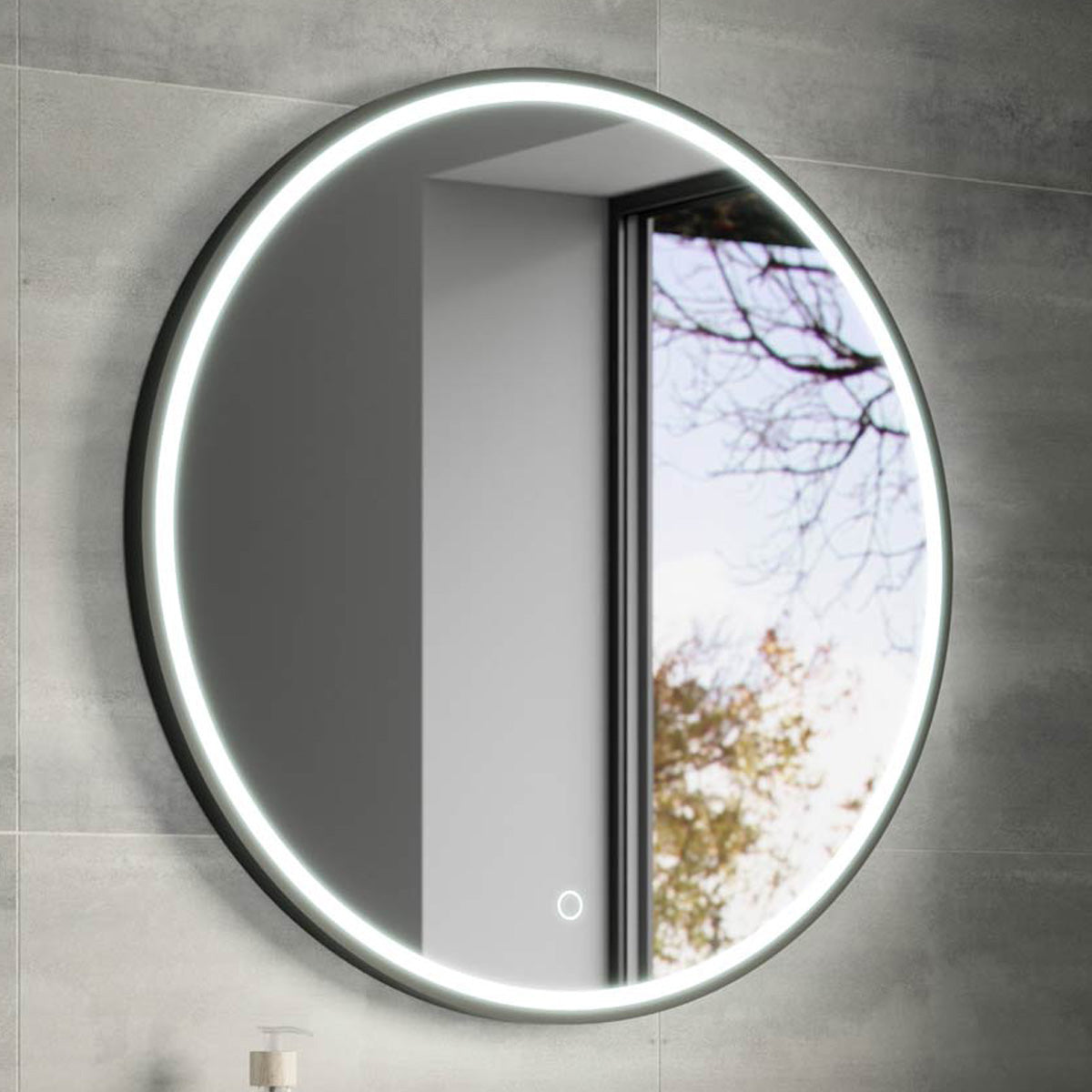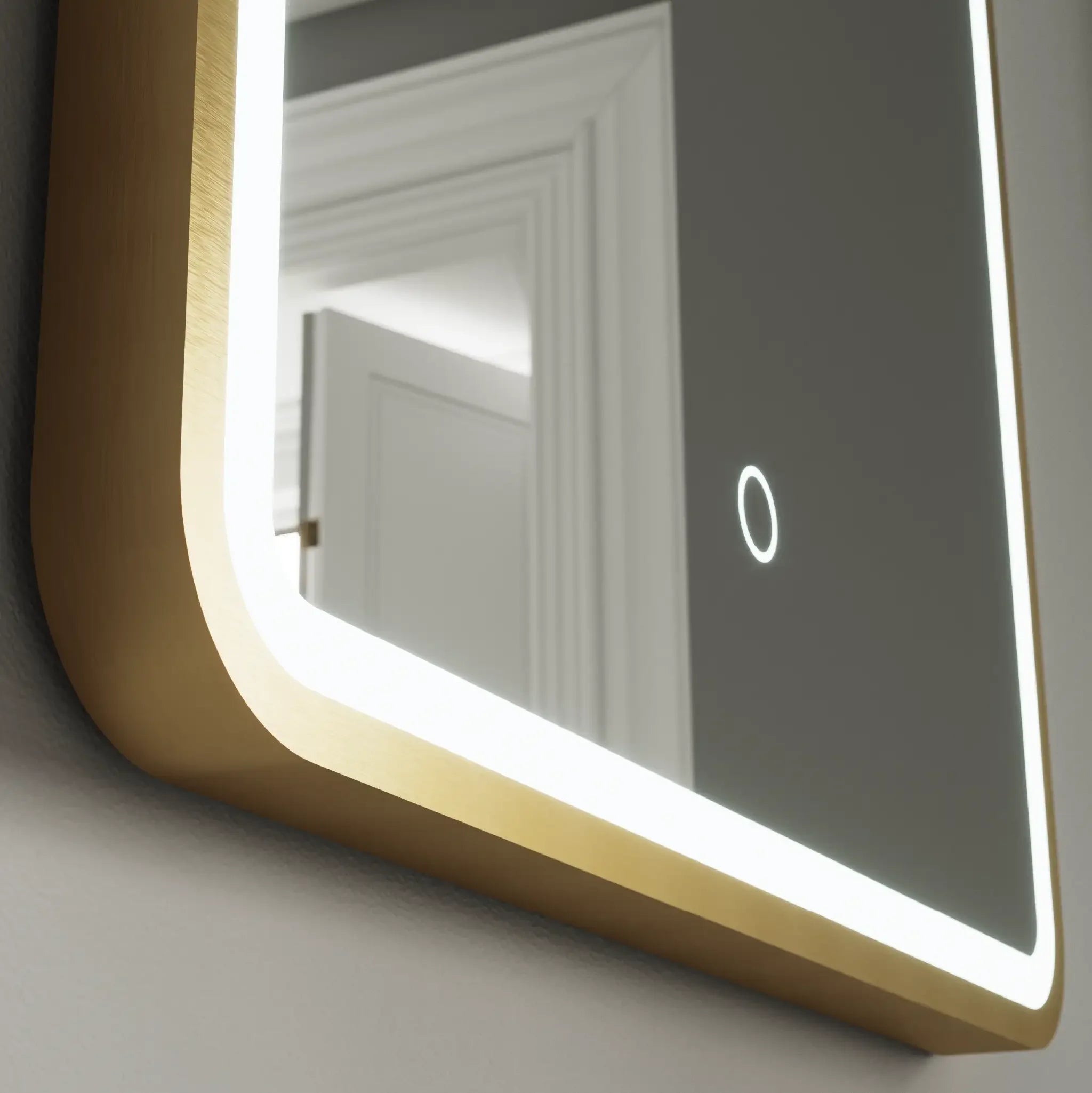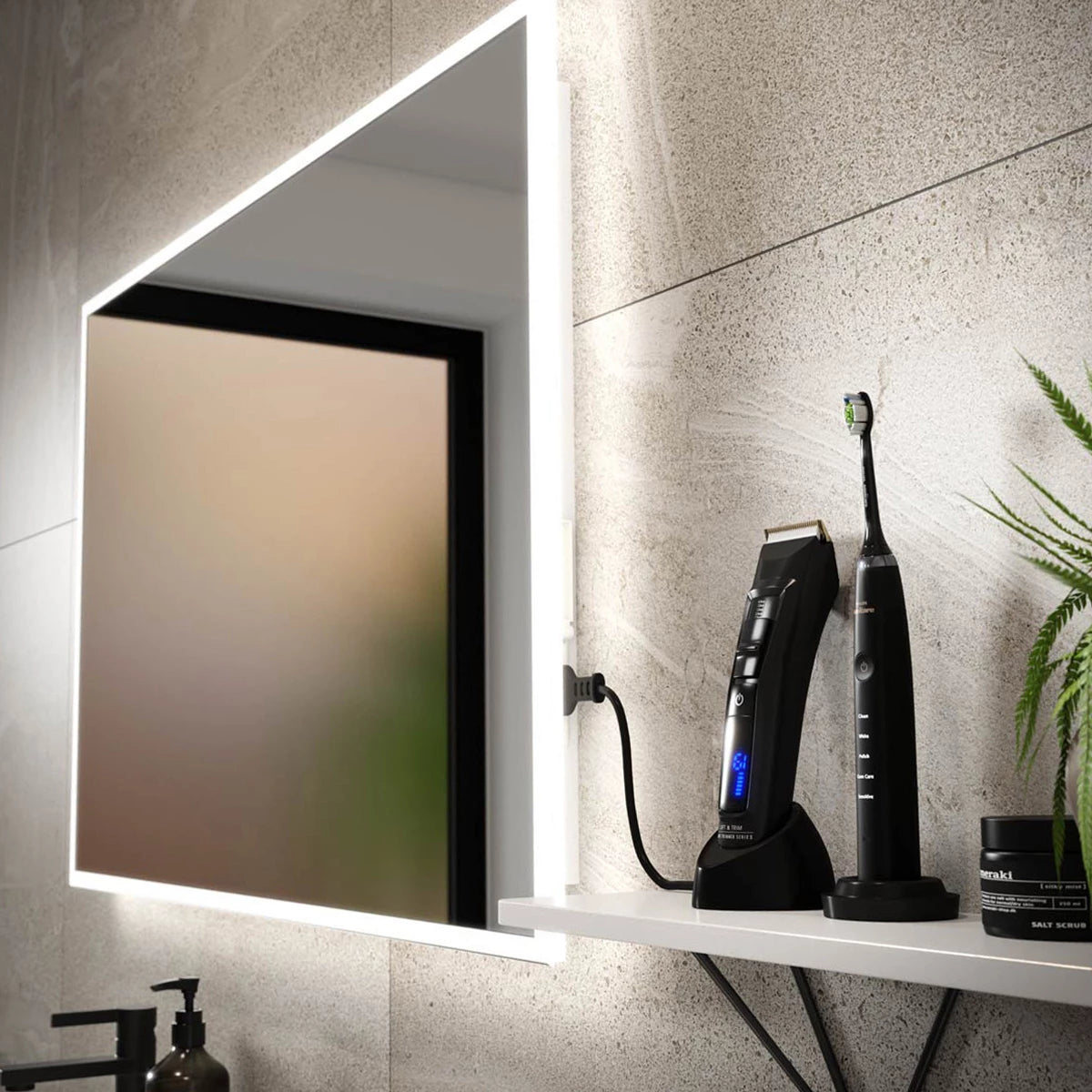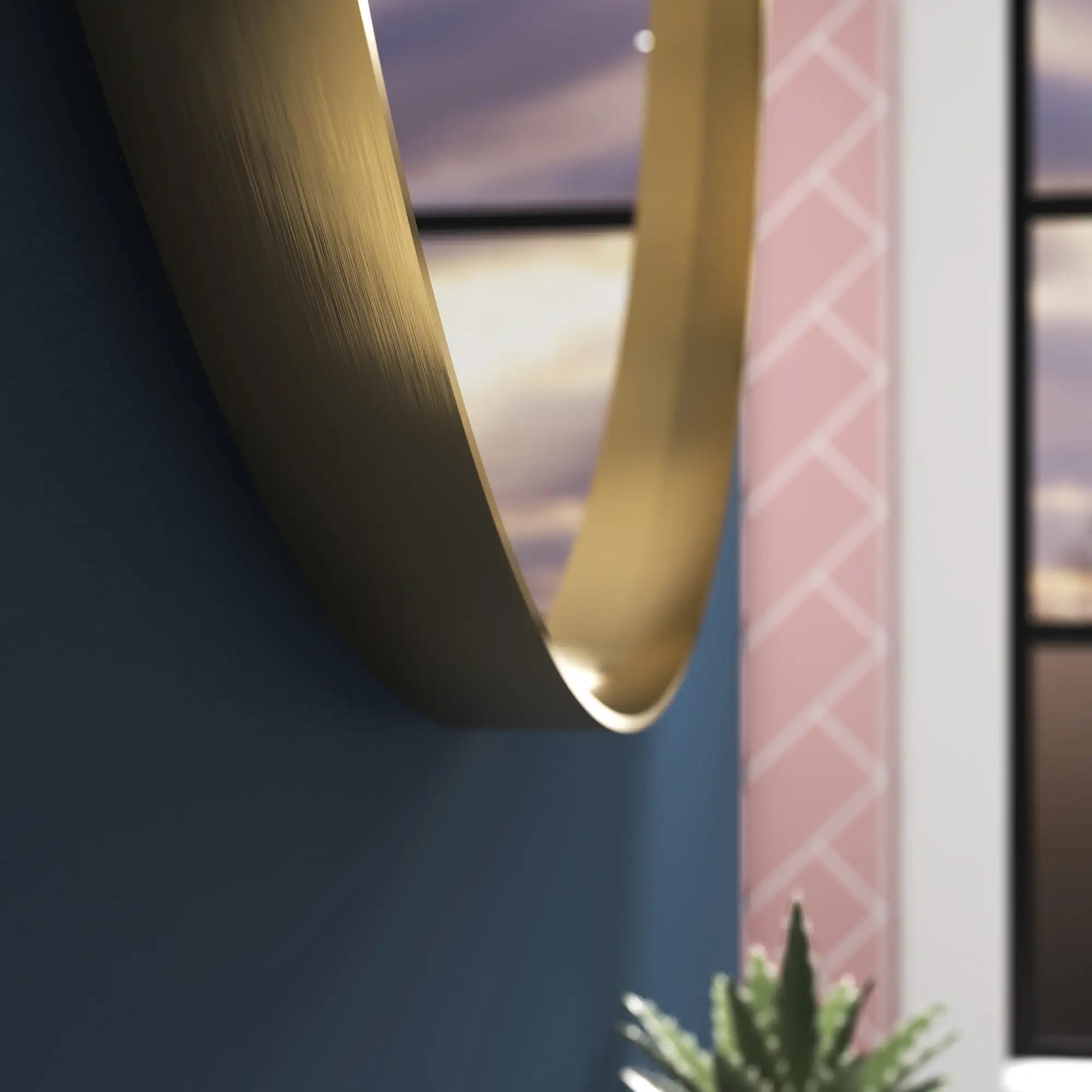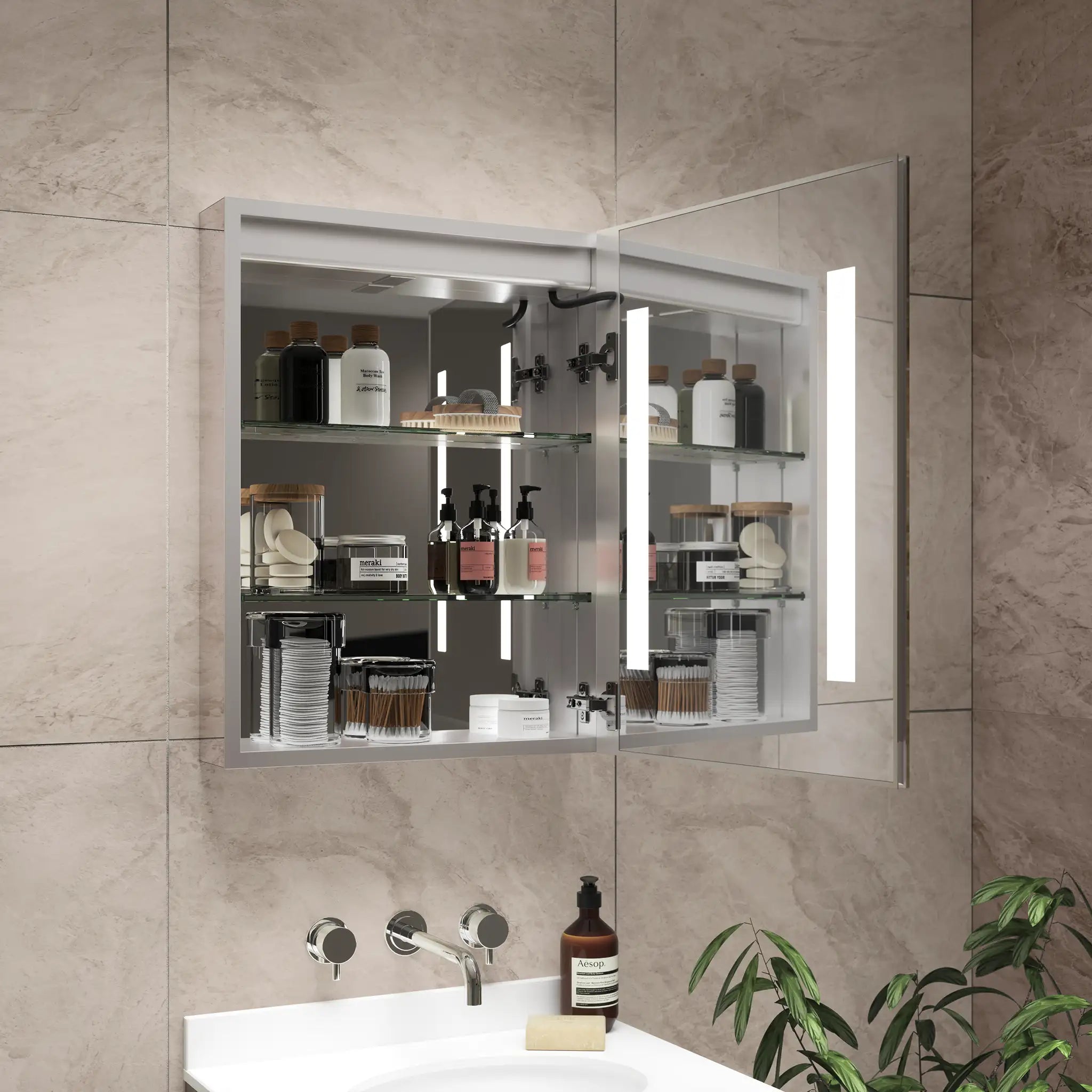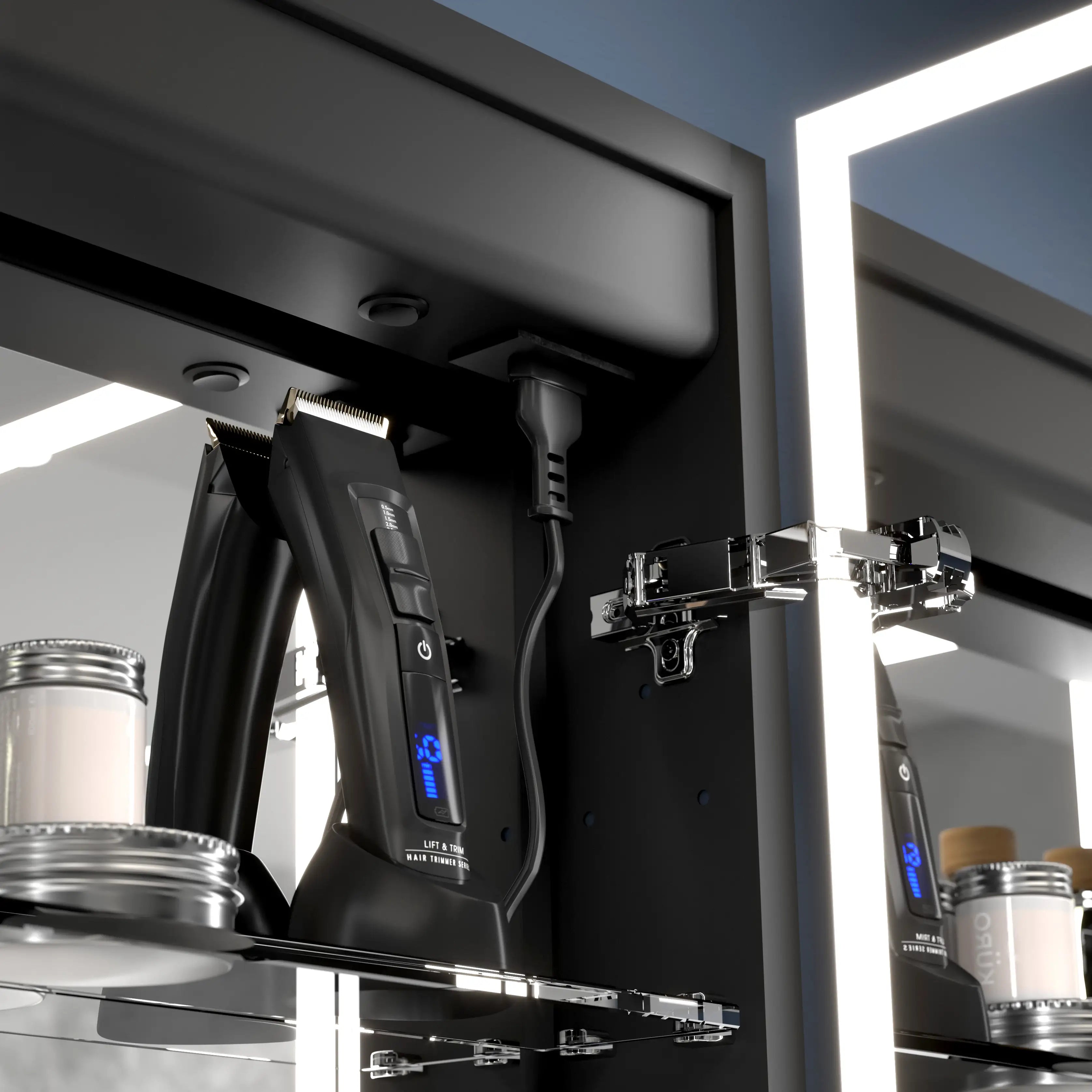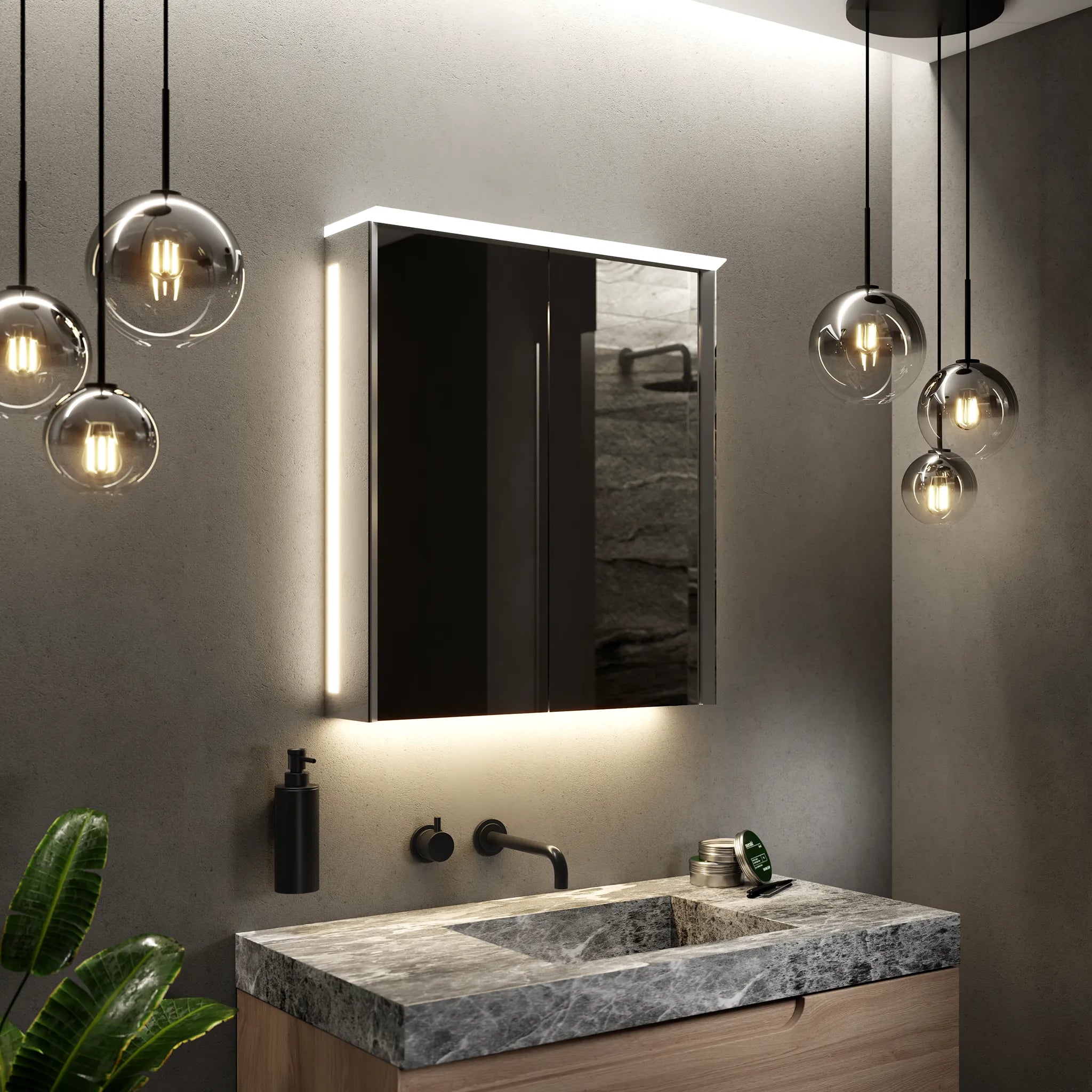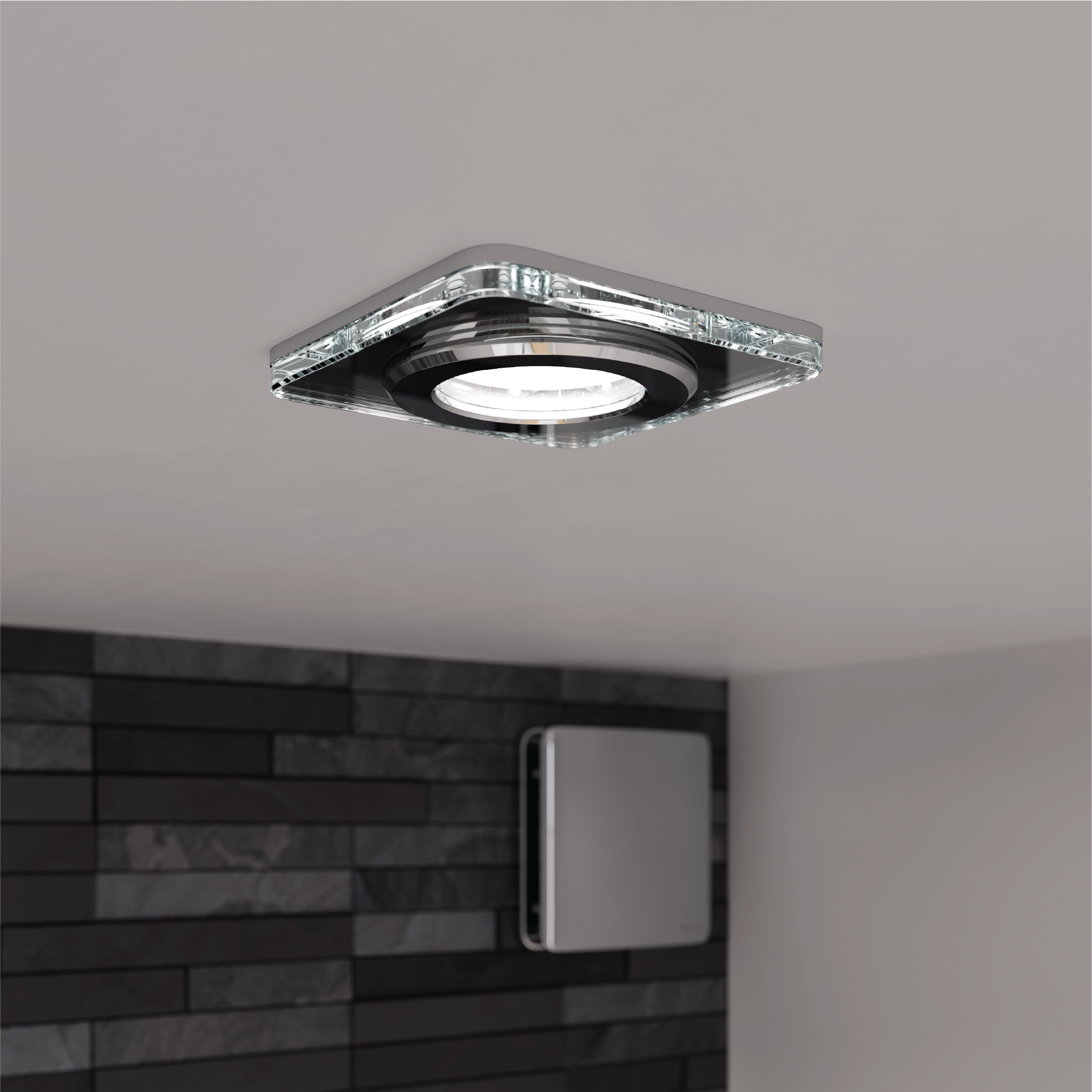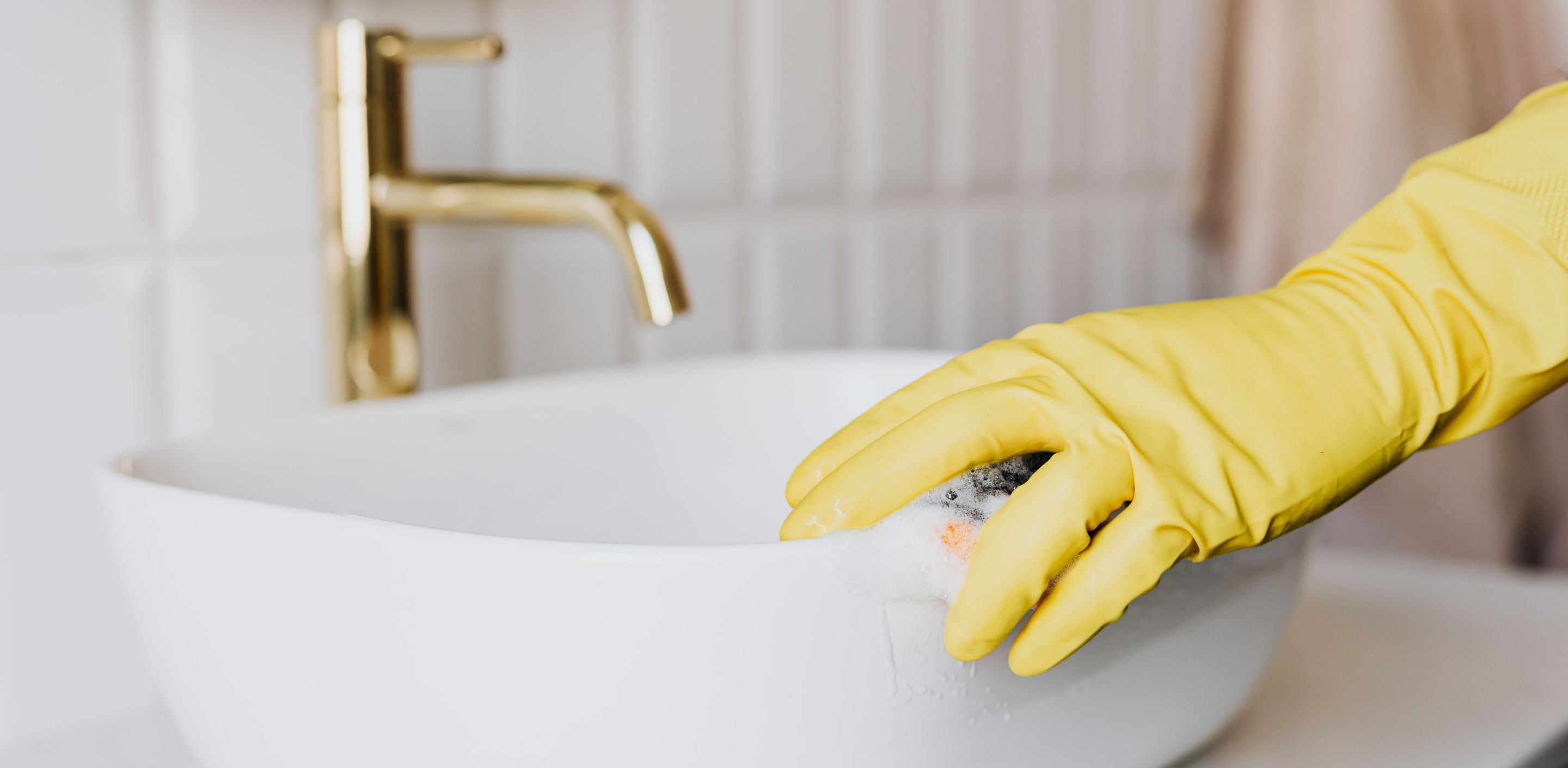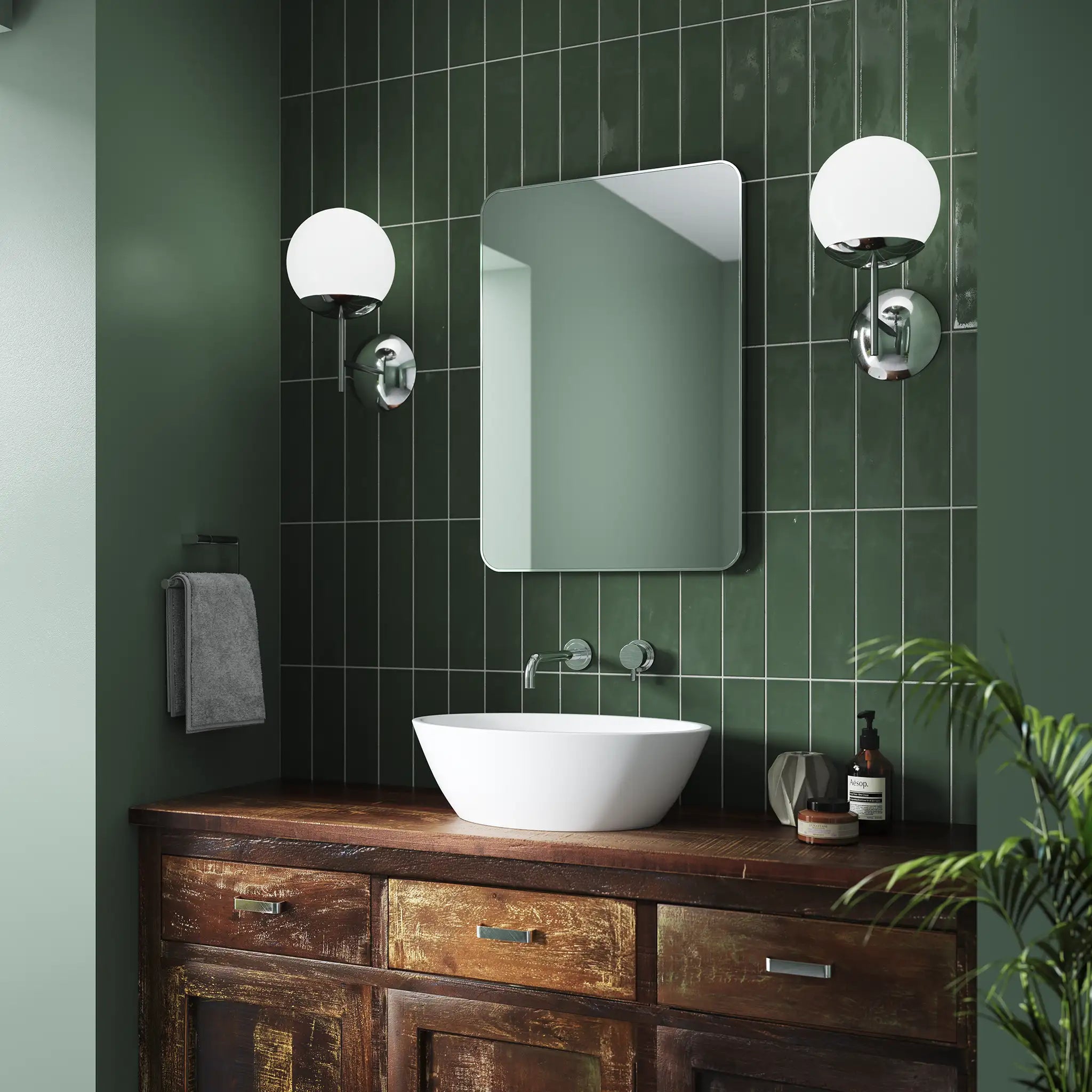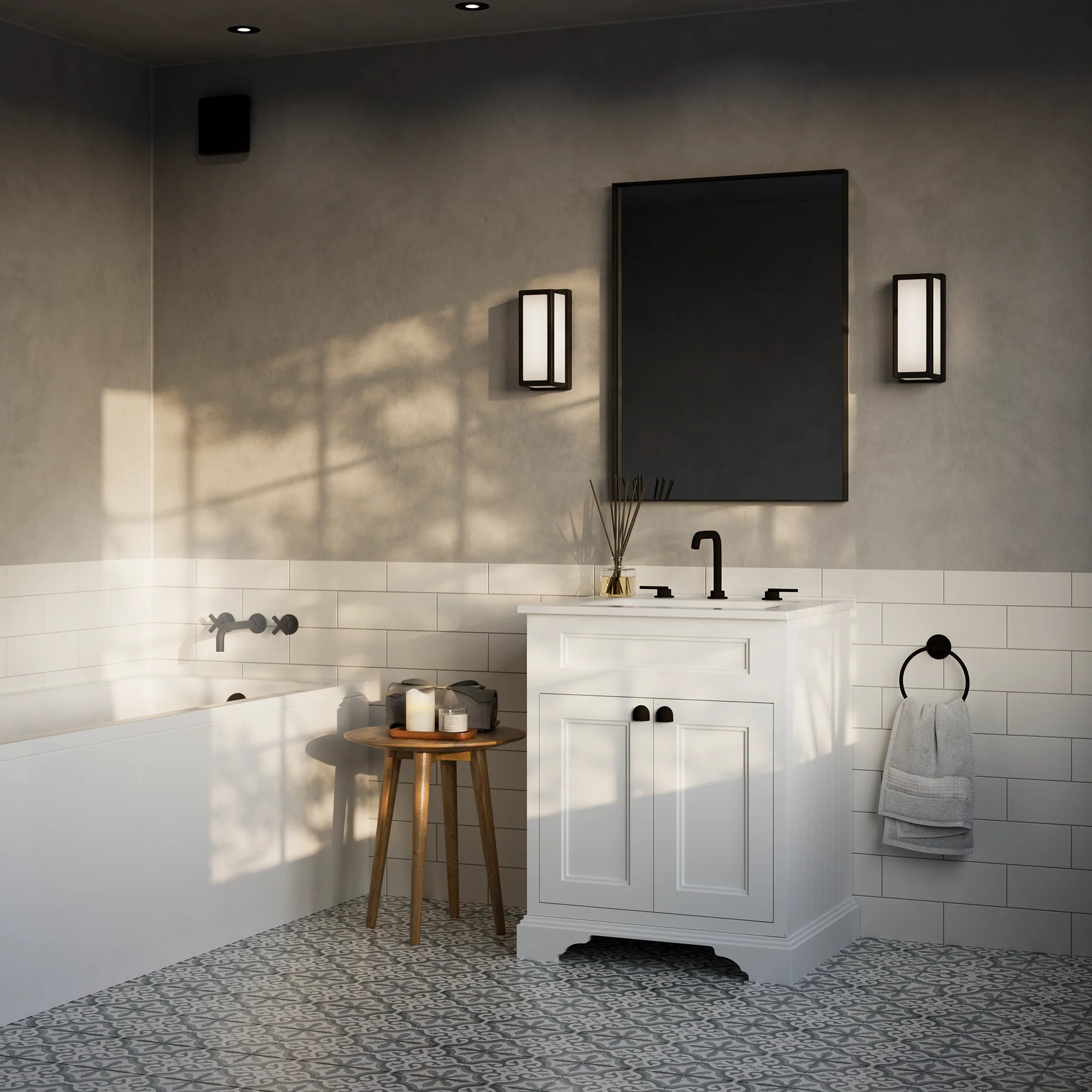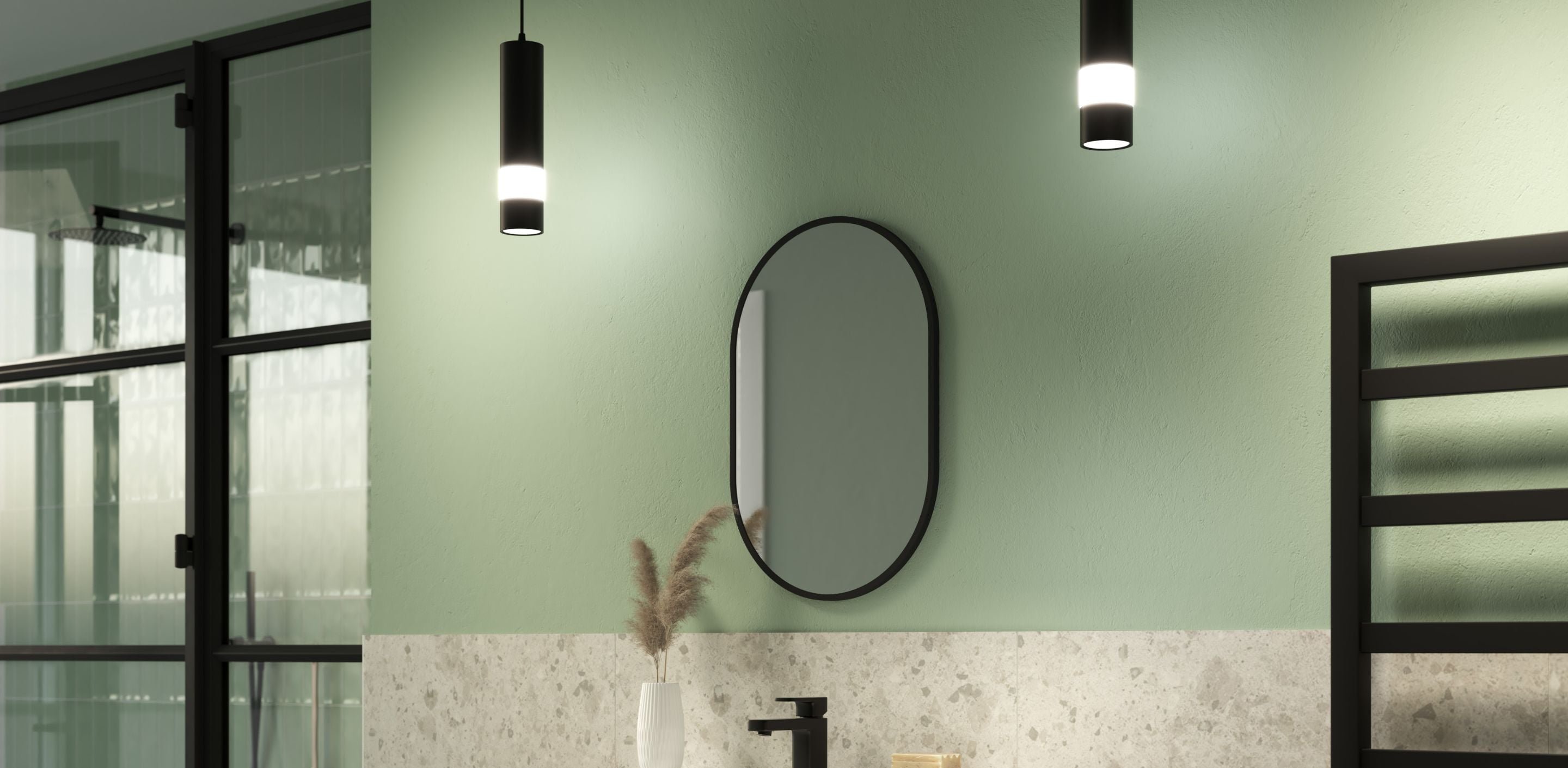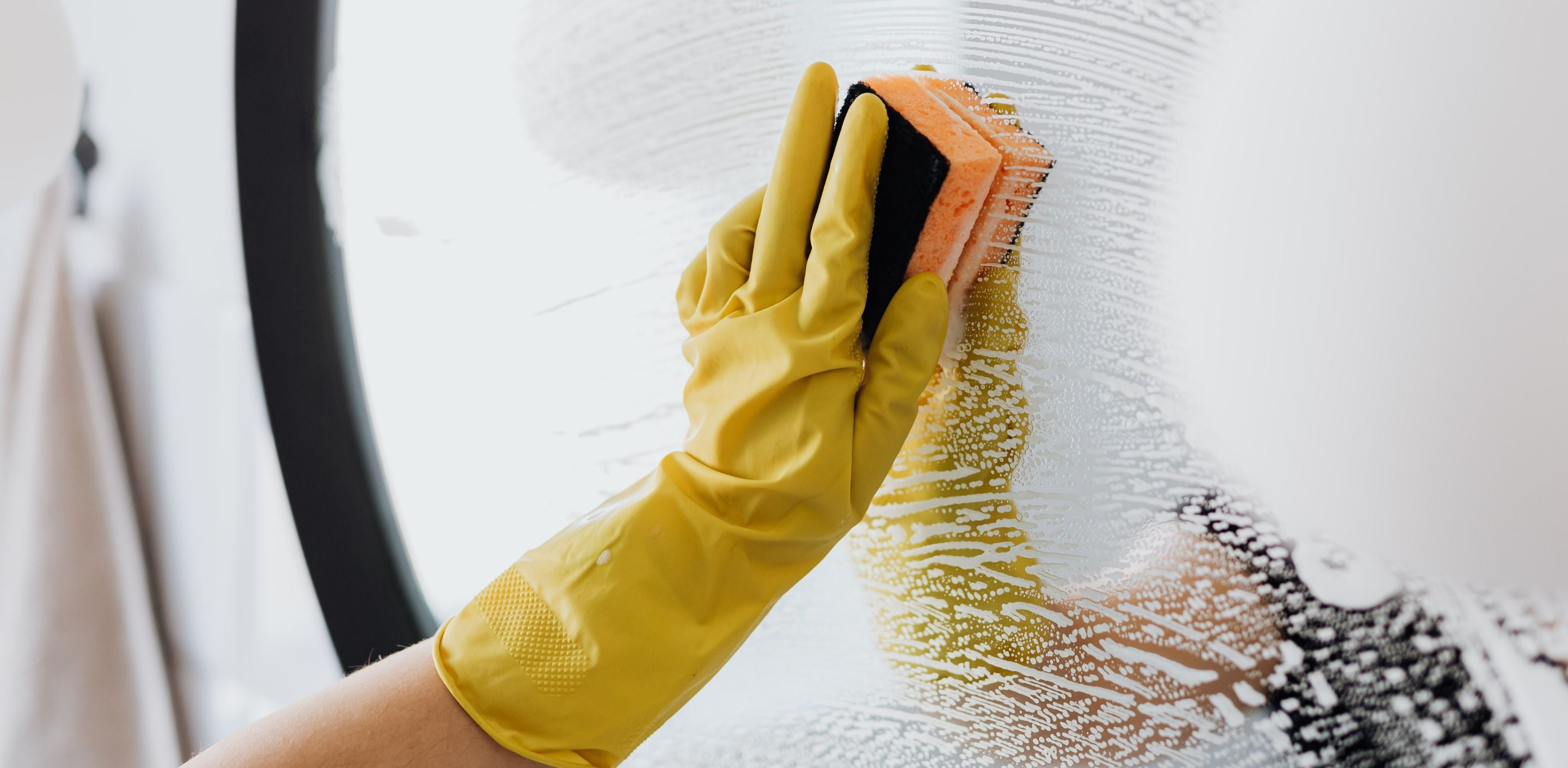First of all, let’s take a look at what limescale actually is – it’s that chalky deposit that you get in your electric kettle sometimes. It’s caused by what’s known as ‘hard water’ which is water containing large amounts of dissolved magnesium and calcium ions. These minerals get into water when it comes into contact with limestone and other rocks containing calcium compounds, for example when water flows over these types of rocks on its way to a reservoir. We’ve all probably heard about ‘hard water’ and ‘soft water’ areas in the UK and there’s a great online map that you can use to check the hardness of the water where you are.
When hard water is boiled, or when it evaporates, the insoluble calcium carbonate forms a layer of limescale. This limescale will often coat the heating element of your kettle making it less efficient (and more costly to use). You may also find limescale deposits in your bathroom, around the plugs, taps, the showerhead and even on the tiles and shower glass. It’s not dirty, but it will attract dirt, making everything more difficult to clean and, even when it is clean, it’s fairly unsightly, especially in the bathroom which is your private space to relax and unwind as you bathe away the cares of the day.
Kettle Limescale
Getting rid of the limescale in your kettle is a fairly simple matter – you can use a dish washing brush to give it a regular scrub, dislodging the limescale and then rinsing it away. Alternatively, use filtered water (an expensive option), or you can buy a limescale preventer. A limescale preventer is basically a little ball of stainless steel wire that you pop into your kettle and leave there. It will attract all the limescale to itself and you can wash it every few days under cold running water, squeezing out the deposits before replacing in the kettle. These limescale preventers can be found in local supermarkets and only cost about £1 which is a really cheap solution.
Bathroom Limescale
However, limescale in the bathroom is a harder problem to solve. You can buy limescale remover liquids in the supermarket and these can be used regularly to get rid of limescale deposits in the bathroom. However, these liquids are not great to be putting into our water system so if you’re looking for an eco friendly alternative, then try vinegar or a lemon cut in half. Rub the limescale with vinegar or the cut half of a lemon, leave for 30 minutes and then scrub with a scourer or cloth. This works brilliantly around plugs, taps and on tiles and surfaces.
The shower head is a bit of a different story – it’s difficult to access and the small holes can easily become clogged resulting in a slower water flow. Fill a plastic container or plastic bag with cheap vinegar, pop the shower head into it (tie it on if you’re using a plastic bag) and leave to soak for a few hours or overnight. Rinse thoroughly and the limescale should all be gone.
Washing Machine Limescale
Your expensive washing machine can also be affected by limescale which will shorten its useful life. A great way to ensure that your washing machine lasts longer is to regularly descale. Fill a washing ball with vinegar, pop into the drum of the washing machine and run it empty on an economy wash on a weekly basis. Not only does this prevent the build up of limescale, it will also prevent the washing machine getting gunged up with the detergents you use to wash your clothes and prevent any nasty damp smells from developing in the machine.
Lemon juice is pretty expensive in the UK, so cheap vinegar is a great alternative here. Buy a large container of cheap vinegar to keep with your cleaning products and use on a regular basis to make sure limescale doesn’t build up to problem levels.


